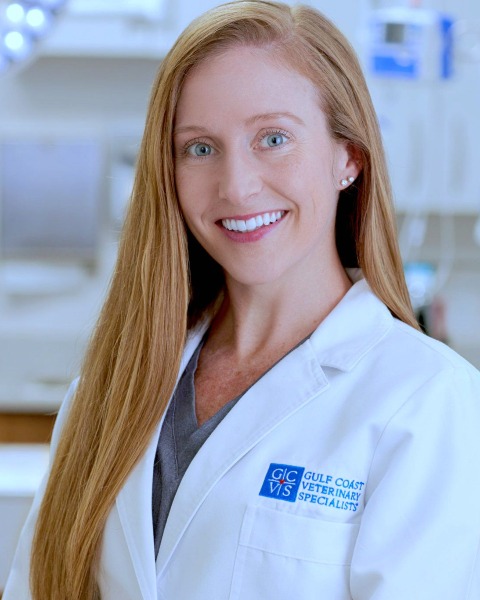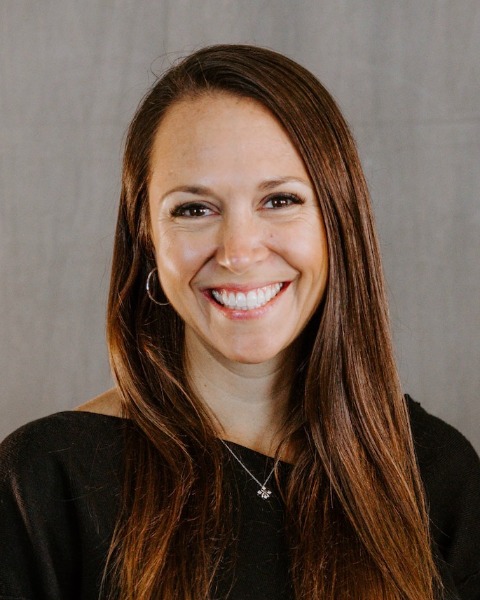VOI ACVS Techniques to Optimize Your Approach to Ophthalmic Surgeries Workshop
Course
.png?lmsauth=ed507787365c53cddf7b4aa5189597813b33e99b)
Are you ready to expand your veterinary skill set and knowledge? Come and learn techniques for Ophthalmic Surgery. Register TODAY!
Join this Movora sponsored event on October 22nd for the ACVS Techniques to Optimize Your Approach to Ophthalmic Surgeries Workshop presented by Movora at the 2025 ACVS Summit in beautiful Seattle, Washington!
Instructors
Open to all veterinarians
Workshop Description
This comprehensive laboratory is designed for veterinarians seeking to enhance their surgical proficiency in ophthalmology. Through a combination of focused lectures and guided cadaver-based wet labs, participants will develop a solid foundation in the surgical management of common ocular and adnexal conditions. The course begins with a review of ocular anatomy and surgical instrumentation, followed by lectures covering the diagnosis and treatment of eyelid diseases such as neoplasia, chalazions, and structural abnormalities like entropion and ectropion. Participants will then apply these concepts in wet lab sessions focused on eyelid repair techniques.
The course continues with instruction on third eyelid (TEL) anatomy, gland prolapse correction, TEL neoplasia management, and enucleation techniques. A second wet lab allows for hands-on practice of third eyelid procedures and enucleation techniques. Additional lectures, if time permits, will explore surgical management of distichia, ectopic cilia, everted T-cartilage, and complex case reviews. This interactive, skills-based course offers veterinarians the opportunity to improve their surgical confidence and decision-making in a small-group environment. Cadaver specimens will be used for all lab components.
Learning Objectives
Following successful completion of this course, you will be able to:
- Identify and describe key anatomical structures of the eye and adnexa relevant to ophthalmic surgery, including the eyelids and third eyelid.
-
Diagnose common surgical conditions of the eyelids and third eyelid, including neoplasia, entropion, ectropion, chalazions, dermoids, and TEL gland prolapse.
-
Demonstrate appropriate surgical techniques for eyelid correction, laceration repair, third eyelid gland repositioning or removal, and enucleation using cadaver specimens.
-
Select and apply surgical instruments and approaches appropriate for ophthalmic procedures in general practice settings.
-
Evaluate surgical decision-making in ophthalmology through interactive discussions and case-based reviews.
Agenda
| Time | Activity |
|---|---|
| Lecture 1 | Ocular and adnexal anatomy; Introduction to ophthalmic surgical instrumentation |
| Lecture 2 | Surgical diseases of the eyelids: Neoplasia, chalazions, and dermoids |
| Lecture 3 | Structural eyelid abnormalities: Entropion, brachycephalic ocular syndrome, and ectropion-entropion (“diamond eye”) |
| Lecture 4 | Techniques for eyelid laceration repair |
| Lab 1 (Right Eye) | • Eyelid correction (participant-selected technique from Lecture 2 or 3) • Eyelid laceration repair (based on Lecture 4, using instructor-created laceration) |
| Lecture 5 | Third eyelid (TEL) anatomy and surgical techniques • Gland prolapse repositioning • TEL neoplasia and removal |
| Lecture 6 | Enucleation: Indications and techniques • Transconjunctival and transpalpebral approaches |
| Lab 2 (Left Eye) | • Third eyelid surgery (participant-selected TEL procedure from Lecture 5) • Enucleation (transconjunctival or transpalpebral) |
| Optional Lectures (if time allows) | • Lecture 7: Distichia and ectopic cilia surgery • Lecture 8: TEL everted T-cartilage repair and TEL shortening • Lecture 9: Case-based clinical review |
Location
Address
Seattle Convention Center
Arch at 705 Pike
705 Pike St.
Seattle, WA 98101
Presented by
.png?lmsauth=0777a4a479a84da84fb63843efadcf3dd255d7a0)
Completion
The following certificates are awarded when the course is completed:
 |
VOI Certificate of Completion |





.png?lmsauth=589fbf16002ec6af9a8c9eeb52c189f5bc79791b)

